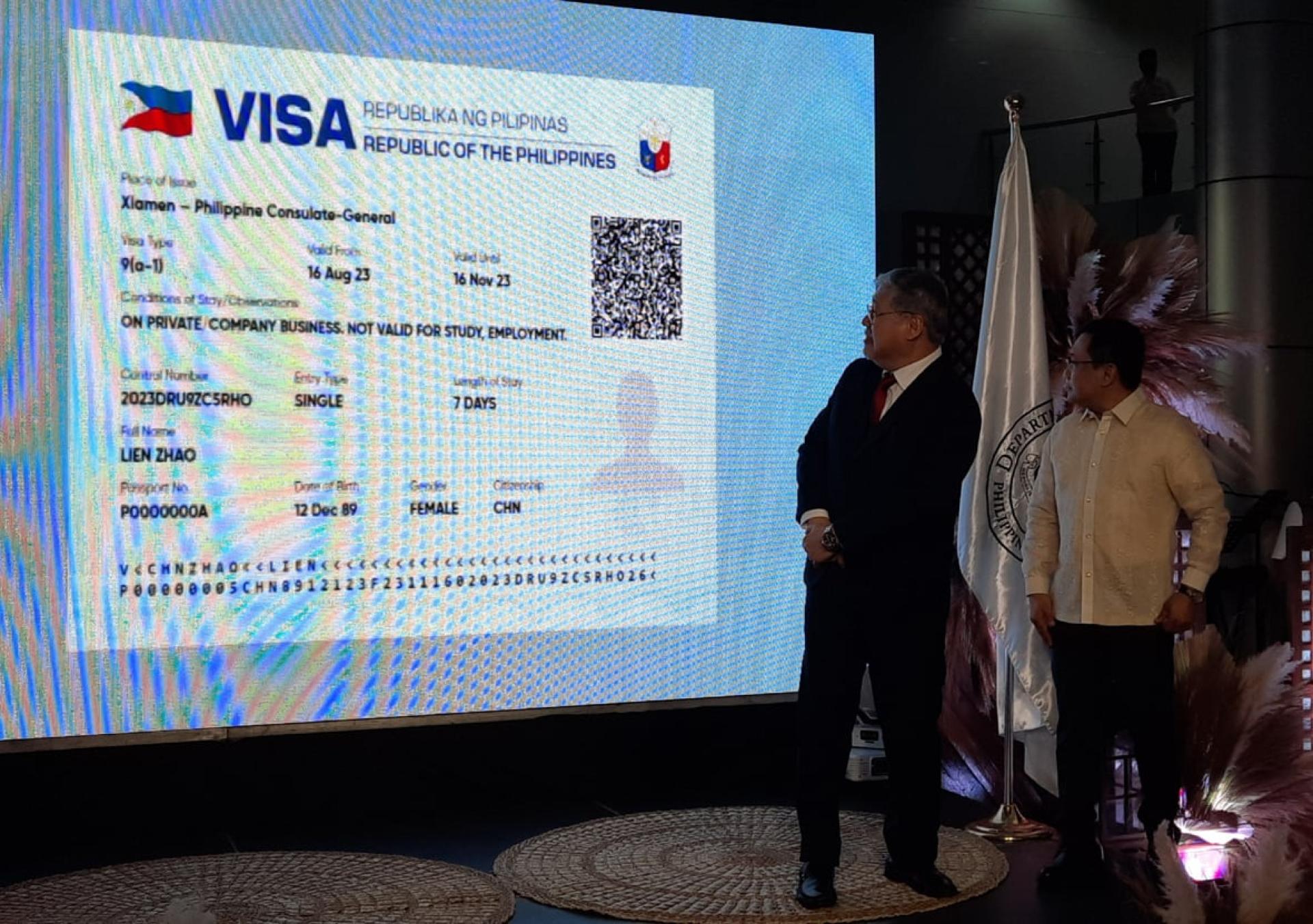Amid ongoing China-Philippines conflicts in the South China Sea, the Philippine Embassy in China announced on the 15th that, in accordance with a presidential directive, starting in November 2025, electronic visas will be available to Chinese citizens for trips not exceeding 14 days. This measure aims to continuously strengthen people-to-people exchanges and promote trade and tourism development, and is described as an important initiative to celebrate the 50th anniversary of China-Philippines diplomatic ties.
Since President Marcos Jr. assumed office in 2022, the South China Sea dispute between China and the Philippines has escalated, resulting in a sharp decrease in Chinese visitors to the Philippines. In August 2023, the Philippines temporarily launched more convenient e-visas for Chinese citizens, but this was suspended after just three months due to differences in payment systems between the two countries.
On the 15th, the Philippine Embassy in China announced that e-visas for Chinese citizens would be launched in November 2025, in order to further strengthen people-to-people exchanges and promote trade and tourism development.
Philippine Ambassador to China Flor Cruz said: “I am pleased to announce that the Philippine Embassy in Beijing, as well as the consulates general in Chongqing, Guangzhou, Hong Kong, Macau, Shanghai, and Xiamen, will soon start issuing Philippine e-visas to eligible applicants residing in China and its special administrative regions. This will allow the application process to be completed online, providing a more convenient visa process for short-term visitors to the Philippines.”
The Philippine side stated that Chinese applicants visiting the Philippines for tourism or business purposes, with a stay not exceeding 14 days and no extension, may apply for an e-visa. They should enter via Manila’s Ninoy Aquino International Airport or Mactan-Cebu International Airport.
The Philippine Embassy in China stated it would soon cooperate with the Philippine Department of Information and Communications Technology (DICT) as well as VFS Global’s China office to release more details about the e-visa, including the relevant website and application procedures. On the 15th, Flor Cruz signed a memorandum of understanding with VFS Global “to implement the presidential directive.”
Flor Cruz said: “The implementation of electronic visas is timely.” In July, the Philippine Department of Foreign Affairs and China’s Ministry of Foreign Affairs held a joint consular consultation, during which “the importance of people-to-people exchanges” was discussed. This is also a key focus of the Philippine Embassy’s celebration of the 50th anniversary of bilateral relations this year.
According to a previous release from the Chinese Ministry of Foreign Affairs, on July 22, 2025, the 9th round of China-Philippines consular consultations was held in Beijing. Both sides held in-depth exchanges on safeguarding the safety and legitimate rights and interests of overseas citizens and institutions, and facilitating cross-border travel. “The Chinese side urged the Philippine side to create a favorable environment for people-to-people exchanges and economic and trade cooperation.”
The Philippine Embassy in China lastly stressed that China remains a primary source of tourists. The e-visa was first launched and tested in Manila in 2023 and is expected not only to improve the efficiency of daily consular work but also significantly enhance public service.
According to data from the Philippine Department of Tourism, a total of 5.45 million arrivals were recorded in the country in 2023, among which nearly 264,000 were Chinese visitors, accounting for 4.8%, a drop of more than 70%. Before the COVID-19 pandemic, in 2019, there were 1.74 million Chinese visitors to the Philippines, making China the second largest source only after South Korea.
